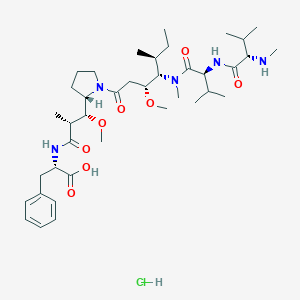
-
MMAF Hydrochloride
- names:
MMAF Hydrochloride
- CAS号:
1415246-68-2
MDL Number: MFCD25976742 - MF(分子式): C39H65N5O8 MW(分子量): 731.963646
- EINECS:Not available Reaxys Number:Not available
- Pubchem ID:78357791 Brand:BIOFOUNT
| 货品编码 | 规格 | 纯度 | 价格 (¥) | 现价(¥) | 特价(¥) | 库存描述 | 数量 | 总计 (¥) |
|---|---|---|---|---|---|---|---|---|
| YZM000904-5mg | 5mg | 99.8% | ¥ 2936.00 | ¥ 2936.00 | 2-3天 | ¥ 0.00 | ||
| YZM000904-2mg | 2mg | 99.8% | ¥ 1462.00 | ¥ 1462.00 | 2-3天 | ¥ 0.00 |
| 中文别名 | MMAF Hydrochloride(1415246-68-2),MMAF HCl,MMAF盐酸盐,细胞分裂抑制剂(MMAF HYDROCHLORIDE),MMAF (Hydrochloride) |
| 英文别名 | MMAF Hydrochloride(1415246-68-2),MMAF (Hydrochloride),MMAF HCl |
| CAS号 | 1415246-68-2 |
| SMILES | O=C(N2[C@H]([C@H](OC)[C@H](C(=O)N[C@H](C(=O)O)Cc1ccccc1)C)CCC2)C[C@@H](OC)[C@@H](N(C(=O)[C@@H](NC(=O)[C@@H](NC)C(C)C)C(C)C)C)[C@@H](C)CC |
| Inchi | InChI=1S/C39H65N5O8/c1-12-25(6)34(43(9)38(48)33(24(4)5)42-37(47)32(40-8)23(2)3)30(51-10)22-31(45)44-20-16-19-29(44)35(52-11)26(7)36(46)41-28(39(49)50)21-27-17-14-13-15-18-27/h13-15,17-18,23-26,28-30,32-35,40H,12,16,19-22H2,1-11H3,(H,41,46)(H,42,47)(H,49,50)/t25-,26+,28-,29-,30+,32-,33-,34-,35+/m0/s1 |
| InchiKey | MFRNYXJJRJQHNW-DEMKXPNLSA-N |
| 分子式 Formula | C39H65N5O8 |
| 分子量 Molecular Weight | 731.963646 |
| 闪点 FP | |
| 熔点 Melting point | Not available |
| 沸点 Boiling point | 896.8±65.0 °C at 760 mmHg |
| Polarizability极化度 | 79.3±0.5 10-24cm3 |
| 密度 Density | 1.1±0.1 g/cm3 |
| 蒸汽压 Vapor Pressure | 0.0±0.3 mmHg at 25°C |
| 溶解度Solubility | |
| 性状 | 白色至灰白色固体粉末 |
| 储藏条件 Storage conditions | storage at -4℃ (1-2weeks), longer storage period at -20℃ (1-2years) |
MMAF Hydrochloride(1415246-68-2)实验注意事项:
1.实验前需戴好防护眼镜,穿戴防护服和口罩,佩戴手套,避免与皮肤接触。
2.实验过程中如遇到有毒或者刺激性物质及有害物质产生,必要时实验操作需要手套箱内完成以免对实验人员造成伤害
3.实验后产生的废弃物需分类存储,并交于专业生物废气物处理公司处理,以免造成环境污染
MMAF Hydrochloride(1415246-68-2) Experimental considerations:
1. Wear protective glasses, protective clothing and masks, gloves, and avoid contact with the skin during the experiment.
2. The waste generated after the experiment needs to be stored separately, and handed over to a professional biological waste gas treatment company to avoid environmental pollution.
Tag:MMAF Hydrochloride(1415246-68-2),MMAF Hydrochloride,MMAF盐酸盐,盐酸MMAF,MMAF Hydrochloride抑制剂,MMAF Hydrochloride试剂,MMAF Hydrochloride的作用,MMAF Hydrochloride的合成,MMAF Hydrochloride的纯度,MMAF Hydrochloride的外观
| 产品说明 | MMAF Hydrochloride(1415246-68-2)是一种有效的微管蛋白聚合抑制剂,MMAF Hydrochloride用作抗肿瘤药物。 |
| Introduction | MMAF Hydrochloride (1415246-68-2) is an effective tubulin polymerization inhibitor, used as an anti-tumor drug. MMAF Hydrochloride is widely used as the cytotoxic component of antibody-conjugated drug |
| Application1 | |
| Application2 | |
| Application3 |
Hans-Peter Gerber, Frank E. Koehnb, Robert T. Abraham*. Nat. Prod. Rep., 2013, 30, 625–639
An additional clinically-relevant auristatin, MMAF, bears a C-terminated phenylalanine residue with a free carboxyl group. MMAF proved e?ective in preclinical models of Hodgkin's lymphoma and anaplastic large cell lymphoma (ALCL) when conjugated to anti-CD30 antibodies and has now been conjugated to additional antibodies with non-cleavable linkers. Themaleimidocaproyl (MalC) linker is used in SGN-75 of Seattle Genetics to conjugate MMAF to an anti-CD70 antibody. Once in the lysosome, the antibody is degraded to yield the MMAF-caproylmaleido-cysteine adduct as the active cyto-Toxin. Due to its free carboxyl group, MMAF itself has limited cell permeability, and its in vitro potency is roughly 10–200-fold lower than that of the MMAE. However, these shortcomings are e?ectively overcome by transfer to the ADC format, which e?ectively delivers the payload intracellularly, leading to a potency increase of 2200-fold as well as reduced toxicity against non-antigen-expressing cells.
| 警示图 | |
| 危险性 | warning |
| 危险性警示 | Not available |
| 安全声明 | H303+H313+H333 |
| 安全防护 | P264+P280+P305+P351+P338+P337+P313 |
| 备注 | 实验过程中防止吸入、食入,做好安全防护 |
| CytotoxicPayloadsforAntibody–DrugConjugates,CHAPTER4AuristatinPayloadsforAntibody–DrugConjugates(ADCs).SvetlanaO.Doronina,PeterD.Senter,2019 |
| Pages73-99CytotoxicPayloadsforAntibody–DrugConjugates,SubjectIndex,2019 |
| Pages472-480CytotoxicPayloadsforAntibody–DrugConjugates,Contents,2019 |
| PagesP011-P021CytotoxicPayloadsforAntibody–DrugConjugates,CHAPTER6Colchicine-,Vinblastine-,Taxol-andEribulin-basedPayloadsforAntibody–DrugConjugates(ADCs).ArpitaVelani,SyafiqKay,EarlF.Albone,DavidE.Thurston,2019 |
| Pages117-136Biotherapeutics:RecentDevelopmentsusingChemicalandMolecularBiology,CHAPTER6RecentAdvancesinAntibody–DrugConjugates.EdmundI.Graziani,L.NathanTumey,2013 |
Christian Hess, Dario Venetz, Dario Neri*. Med. Chem. Commun.,2014, 5,408–431
Calicheamicins bind to the DNA minor groove where they induce double-strand breaks leading to chromosomal disruption, ultimately resulting in programmed cell death, while the other two drugs interfere with microtubule restructuring. Auristatins were originally derived from the naturally occurring pentapeptide dolastatin-10. Mono-methyl auristatin E (MMAE) and F (MMAF) are the most prominent dolastatin-10 derivatives, which are implemented in many current clinical-stage ADCs. These fully synthetic analogues di?er from natural dolastatin-10 in terms of an N-terminal methyl group, which results in superior proteolytic stability. Additionally, MMAF features a C-terminal charged phenylalanine residue, which attenuates its cytotoxic activity compared to the uncharged MMAE. Maytansinoids such as DM1 and DM4 are derivatives of the natural product maytansine and represent two of the most widely used ADC payloads to date. Upon lysosomal degradation of the antibody, the mechanism of action of these two agents is considered to be identical. However, the linker region of the drug can have a profound impact on ADC performance. It has been reported for disulfide-linked maytansinoids that two additional methyl groups at positions directly adjacent to the disulfide bond (corresponding to DM4) can increase plasma stability of the conjugate.
- 相关产品
-
< >
- 推荐产品
-
< >
- 最新产品
-
< >
新闻
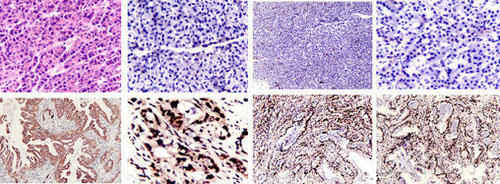
怎么做细胞爬片免疫组化染色实验
细胞爬片免疫组化染色,是通过细胞爬片是让玻片浸在细胞培养基内,细胞在玻片上生长,主要用于组织学,免疫组织化学...
2020/7/20 22:04:33
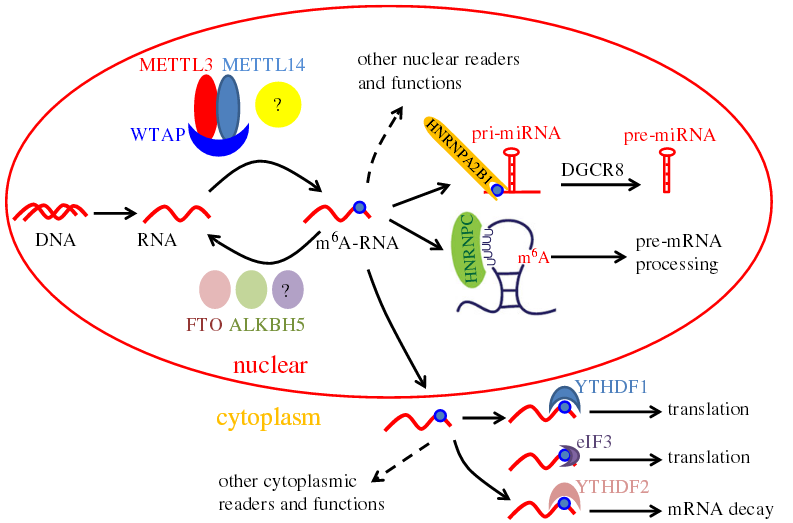
提取病毒RNA的实验方法
提取病毒RNA方法分别有:异硫氰酸胍的提取病毒RNA方法、TRIzol LS提取法、Trizol法提取法等等...
2020/7/22 20:29:26
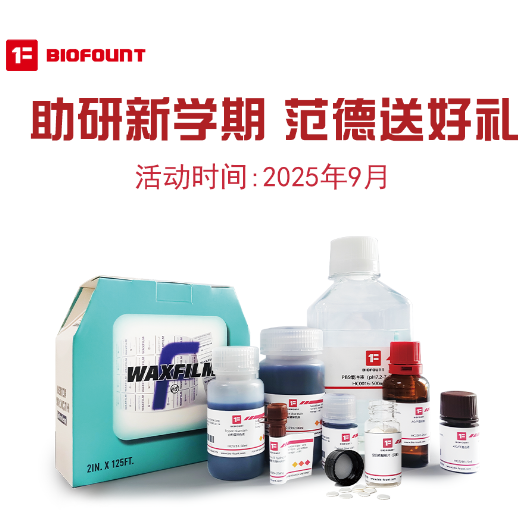
9月开学季——助研新学期 范德送好礼
2025/8/28 15:30:55

Waxfilm 实验室封口膜:技术与国际市场的双重突破
在实验室耗材领域,封口膜是保障实验准确性与稳定性的关键产品之一。近年来,Waxfilm?实验室封口膜凭借其卓...
2025/5/13 13:03:40

Waxfilm实验室封口膜的5大突破
Waxfilm实验室封口膜作为生物功能膜领域的国产技术突破和品牌突破,是生物领域中国技术发展的缩影。
2025/5/6 17:02:07

各种微流控芯片键合方法的优缺点
微流控芯片键合:目前主要有激光焊接、热压键合、胶键合、超音波焊接,每种方法都有各自的优缺点。本文主要介绍聚酯...
2023/7/28 10:43:09
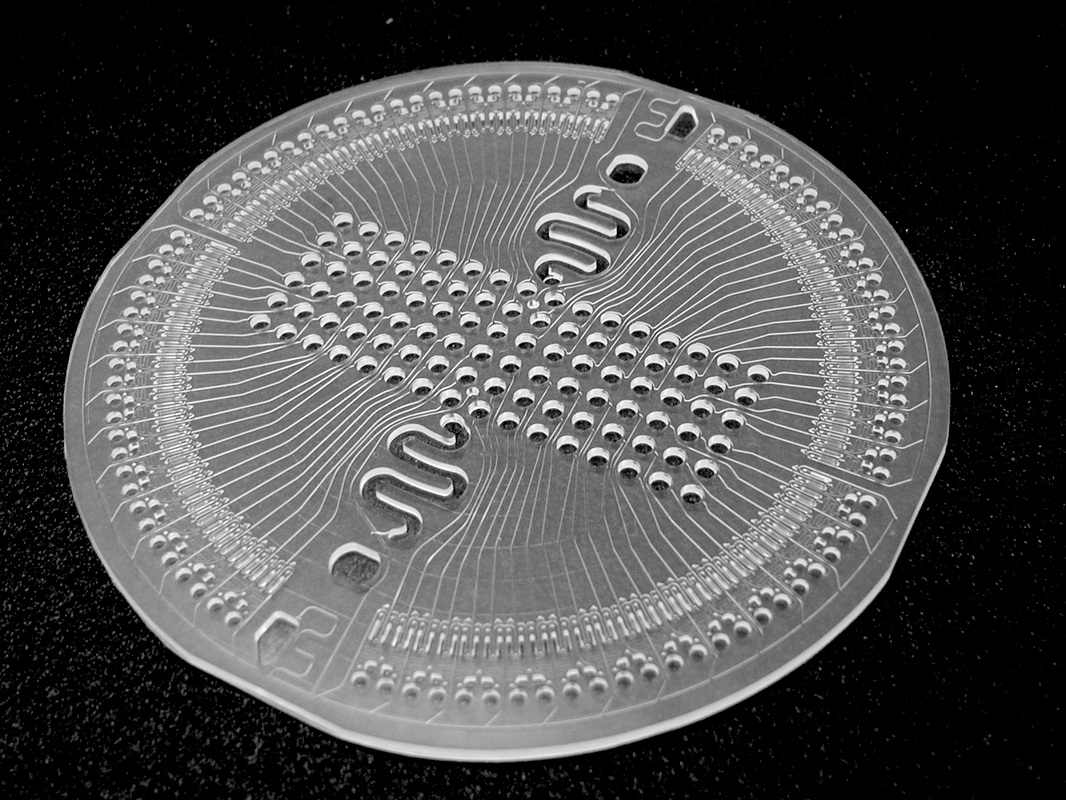
新一代微流控键合解决方案
微流控键合解决方案:微流控芯片制造的一个重要环节,也是最容易被忽视的--芯片键合。其中一个重要因素是:微流控...
2023/7/27 12:44:28
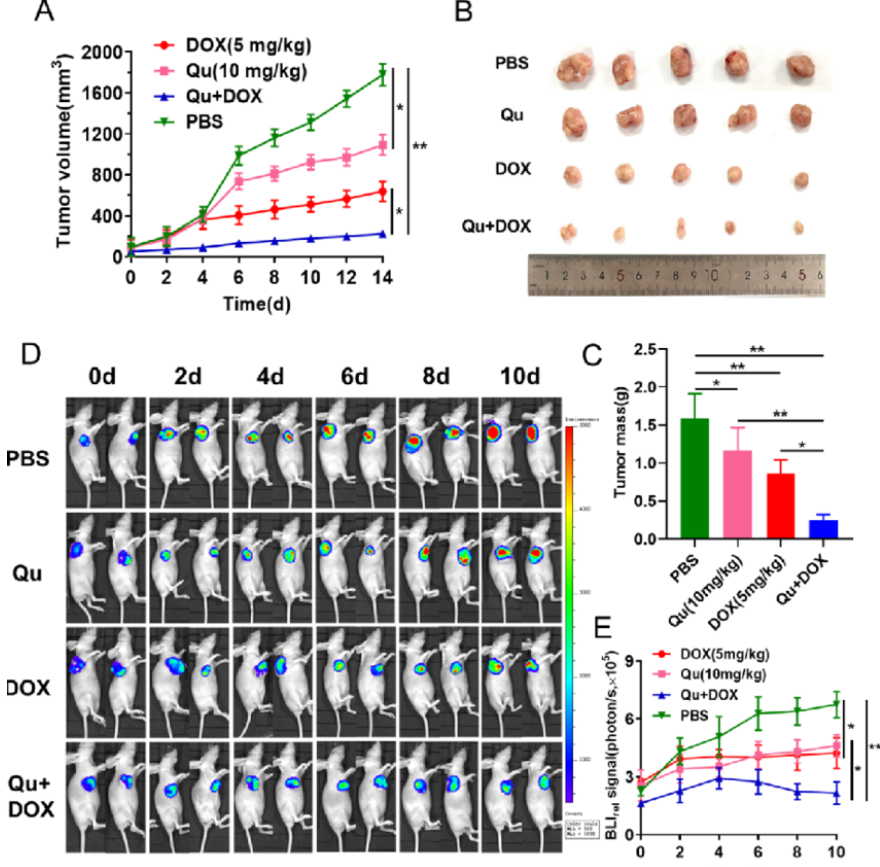
荧光素钾盐使用说明
D-荧光素钾盐(K+)设计用于体外和体内生物发光测定。D-荧光素的质量和纯度对于获得良好和可重复的结果至关重...
2023/7/20 11:05:11
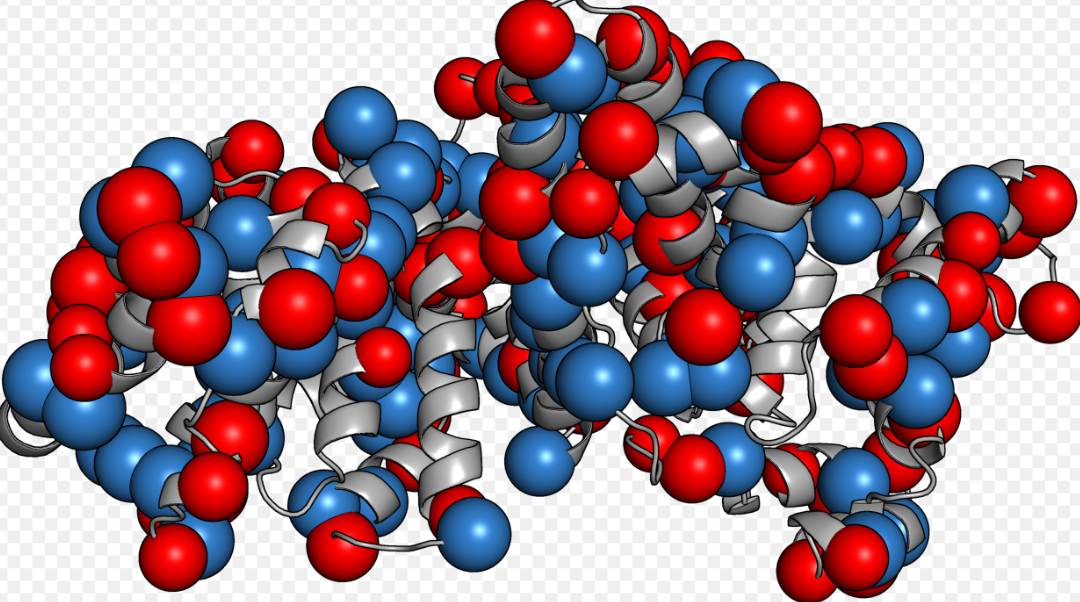
如何选BSA(牛血清白蛋白)
如何选BSA(牛血清白蛋白):牛血清白蛋白(BSA)有多种形式,如何选择适合自己的牛血清白蛋白(BSA)是一...
2023/2/14 13:09:18
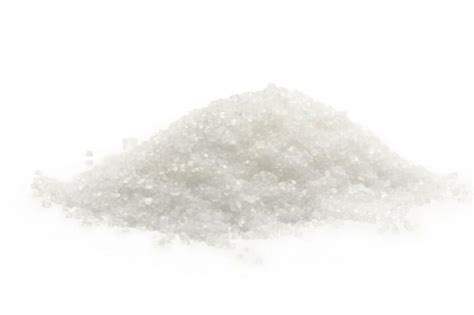
牛血清白蛋白(BSA)常见问题
牛血清白蛋白(BSA)常见问题:牛血清白蛋白(BSA)在实验室中是通用的,可用于蛋白质印迹、细胞组织培养、P...
2022/10/19 9:39:51




 购物车
购物车 



